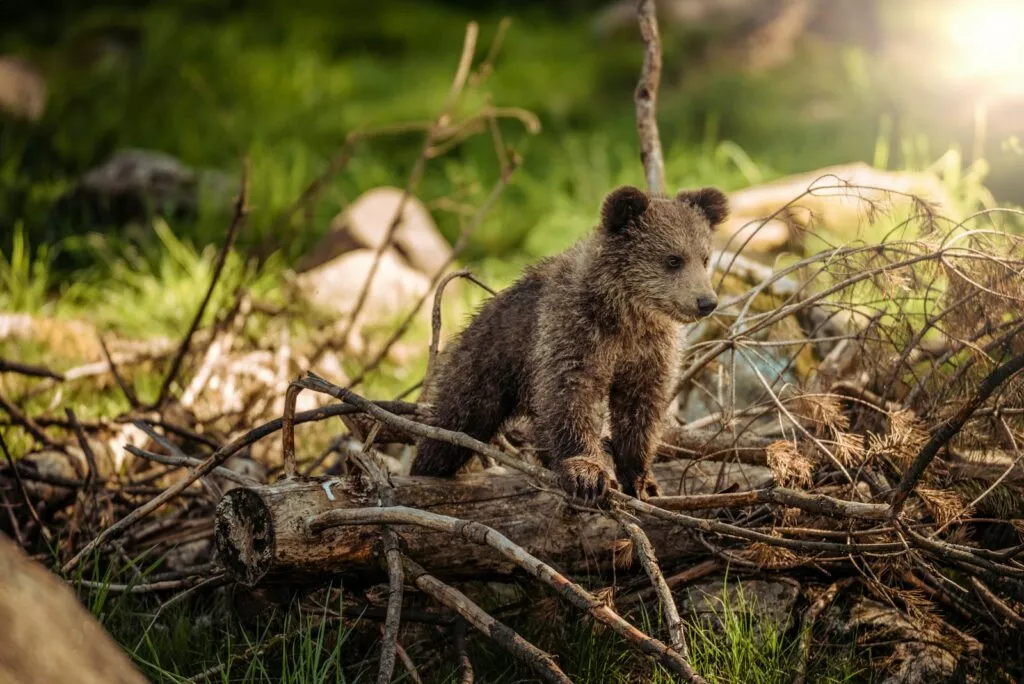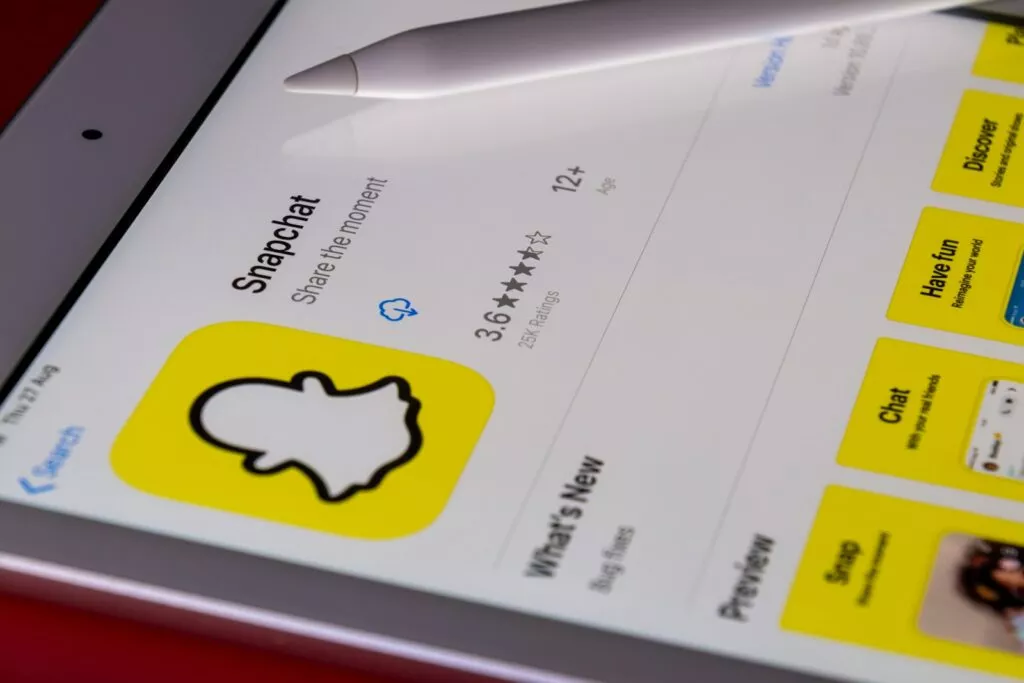You may or may not have seen the solar eclipse by now. Maybe you photographed it, or perhaps you simply took the time to experience a rare moment. Hopefully, you didn't fry your camera sensor in the process.
Whether it interests you or bores you to sleep, it's undeniable that many photographers want to document the eclipse successfully. After all, it's a stunning phenomenon that would look incredible in any portfolio. Even without the eclipse, many are drawn to the beauty of the sun and everything that lies beyond its blinding light.
While we've always been warned not to look at it, is admiring the sun through our viewfinders any safer than directly staring at it? If it truly is dangerous, is there no way we can photograph it without completely ruining our equipment? Thankfully, a group of enthusiastic photographers answered these questions for us.
What You Shouldn't Do When Photographing the Sun
Intrigued by this topic, the team at Everything Photography tried taking photos of the sun without a filter. They attached a 400mm lens to a Canon T2i, setting the exposure to 6 seconds. Though it didn't seem like anything would happen, a dramatic change occurred within a mere few seconds: intense heat, smoke, and a completely melted sensor. The Canon T2i's sensor turned into a hot, unusable mess. Don't try this at home, folks.
If a professional lens couldn't protect the camera, it's a given that nothing else would be safe under it. Looking through the viewfinder with your lens pointed at the sun would result in a burnt retina, or something even worse. To avoid permanent damage of any sort, don't look through the viewfinder, especially if you're not using a sun filter. Your eyes will thank you.
The Best Way to Photograph the Sun
Whether you're photographing an eclipse or the sun on a normal day, sun filters are highly recommended. All they do is filter out 99% of the sun's light before it reaches your eyes, resulting in a safe shooting and viewing experience. Strong filters will allow you to look at the sun through your viewfinder without damaging your retina – this is also true for telescopes and protective eye gear. Without a filter, you will neither view nor photograph the sun without facing a dangerous consequence.
To those in possession of a smartphone, NASA recommends using a sun filter, too. If you're seeking high-quality results, invest in a telephoto lens for smartphones and a sturdy tripod; both will enable you to take great photos of the sun without jeopardising your phone.
A risky experiment has prevented an abundance of photographers from ruining their camera sensors. The lesson, though obvious, will hopefully further encourage photographers to prioritise their cameras' safety while still taking compelling photos of the sun. There's a way to get the best of both worlds – just remember to use a filter and you won't have to part with your beloved equipment.
What do you think of such experiments? Are they useful to you? Let us know in the comments!





2 Comments
Isn’t that rather like jumping out of a plane, without a parachute, to see how much faster you go?
SIX SECONDS exposure!!! These guys were trying to burn up their camera. I took photos with my Canon, the settings were: 1/4000, f/40, ISO 100 with all my ND filters (+2, +3, +4) in place and the sun was STILL overexposed. Did they take selfies with the burning camera?